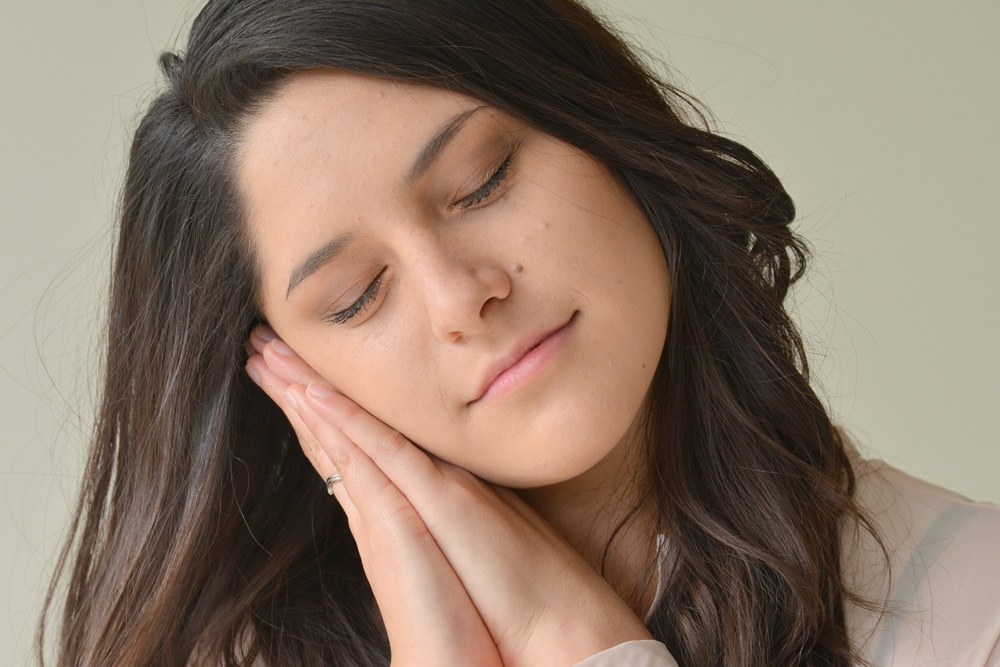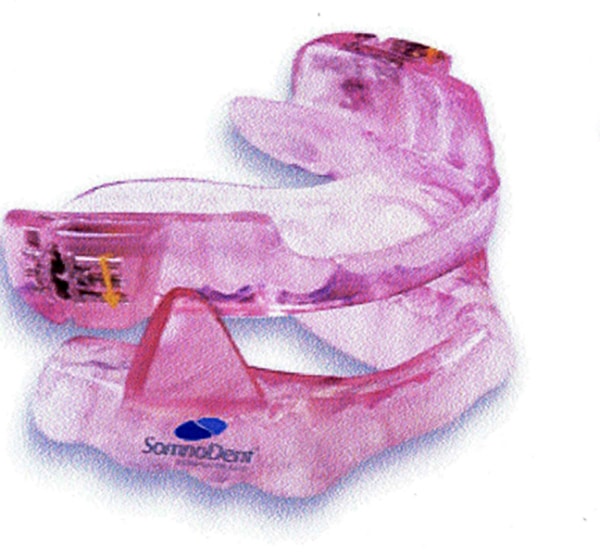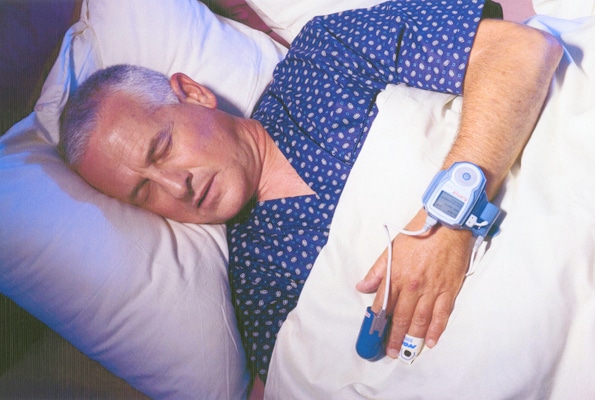With snoring, the tissue at the back of the mouth [the soft palate] sags and enlarges and partially blocks the airway, resulting in the characteristic rumbling noise of snoring. Snoring is the sound of partially obstructed breathing. And it can be even the sound that leads to ear plugs [for the unfortunate sleeping partner], or separate bedrooms, or even a divorce!
In OSA, the enlarged tissues of the throat, tongue, and soft palate completely block the airway. A listener will hear snoring interrupted by periods of total silence. The sleeper is now choking. As pressure to breathe mounts, the diaphragm struggles [frequently violently] and eventually breaks through the airway blockage with a snort or a gasp and the sleeper wakes momentarily and incompletely before resuming the snoring / OSA cycle. A person with OSA may stop breathing for ten seconds or more – for dozens, or even hundreds, of times each night.
There are several degrees of snoring / OSA and these are recorded as the Apnoea – Hypopnoea Index [AHI]. Sleepers can experience up to 5 AHI events an hour. This is considered to be within a normal range. Between 5 and 15 events per hour is considered mild OSA, 15 to 30 events an hour is moderate OSA, and over 30 events an hour [that is more than one event every two minutes!] is severe OSA.
With OSA, a sleeper triples his / her chances of having a heart attack or stroke. Every time breathing stops, oxygen levels in the blood fall, and the heart must work harder to circulate the blood. Blood pressure rises. The heart may beat irregularly. It is thought this is implicated in death during sleep where the victim went to bed in apparently good health. Recent research suggests that up to ten years of life may be lost by people suffering from sleep-disordered breathing. And studies indicate that people who experience a fall in oxygen levels in the blood with OSA have a heightened risk of developing cancer.
Treatment may be medical – lose weight, avoid alcohol, or [the gold standard] a CPAP machine, surgical – reduce the soft palate in size, or variations on this procedure [painful and too often unsuccessful] or opening up the nose with a Black and Decker, and dental.
Dental treatments are usually effective in mild to moderate cases of snoring and OSA or where the patient is intolerant to CPAP therapy. A plastic appliance is placed in the mouth at bedtime and is worn all night. It moves the lower jaw forward thus pulling the tongue away from the throat and opening the airway. This non-invasive procedure can significantly reduce snoring / OSA in most people.





